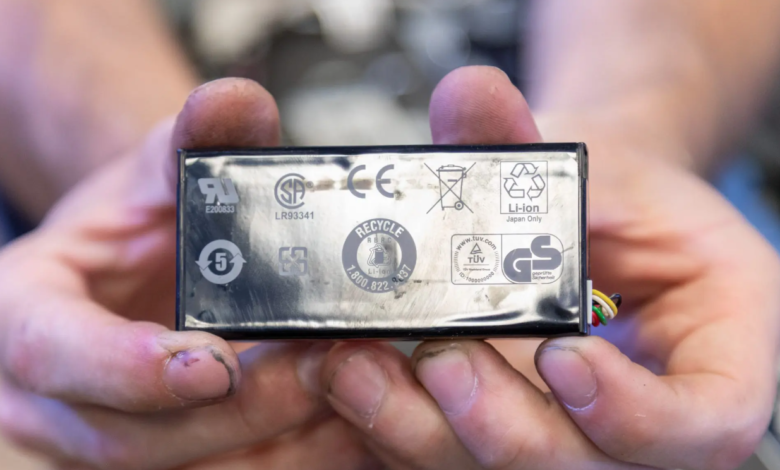New cobalt-free cathode developed for lithium-ion batteries

Manufactured cobalt-free cathode stable for over 1000 cilci at high temperatures
(sustainabilityenvironment.com) – The most common lithium-ion batteries on the market use precious quantities of cobalt. The element can reach up to 4.3% of the weight of the battery, since it builds the main component of several efficient cathodes. But with a price today around 50,000 euros/ton and a supply chain that does not shine for ethics, it is easy to understand why the sector is looking for more sustainable alternatives.
One hand comes today from a group of researchers in the US, who have created a new cobalt-free cathode for lithium-ion batteries. How they explain it these days in Nature. The team, consisting of scientists from the University of California at Irvine and experts from 4 Doe laboratories, essentially found a way to overcome the thermal and chemical-mechanical instabilities of nickel-based cathodes.
A new chance for nickel in lithium-ion batteries
Nickel has always been one of the key materials of modern rechargeable. However, creating cathodes focused on this element has never been an easy task. On the one hand it can offer precise advantages, such as an increase in the capacity of the electrode. On the other hand, however, its poor tolerance to heat can lead to oxidation of battery materials, heat loss, and even explosion.
Read also Low-cost batteries: with Aluminum sulfur and salt batteries, an economical recipe for storage
Researchers tried to address these problems by “soiling” nickel with HE-LMNO, a fusion of transition metals. “Through a technique we call ‘high entropy doping’, we have successfully manufactured a cobalt-free stratified cathode, with extremely high heat tolerance and stability over repeated charge and discharge cycles,” said Professor Huolin Xin, among the authors of the publication. In detail, the structure is able to withstand more than 1,000 cycles and high temperatures, which makes it comparable to cathodes with much lower nickel content. “This result solves the long-term safety and stability problems related to materials of high-nickel lithium-ion batteries, paving the way for large-scale commercial applications”.





